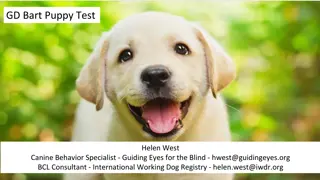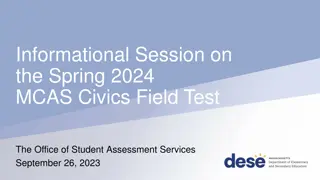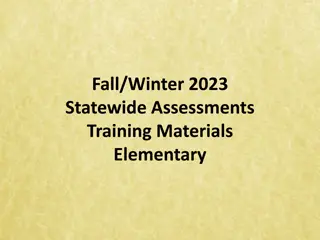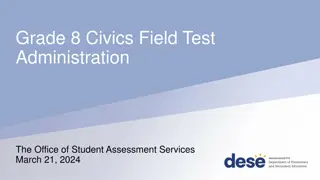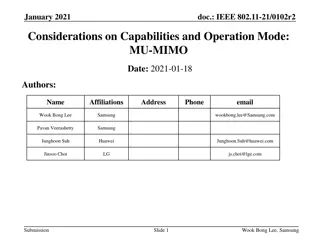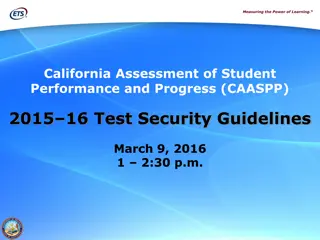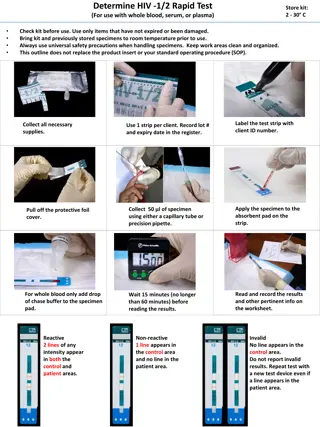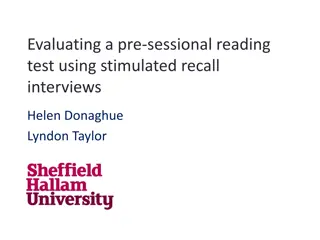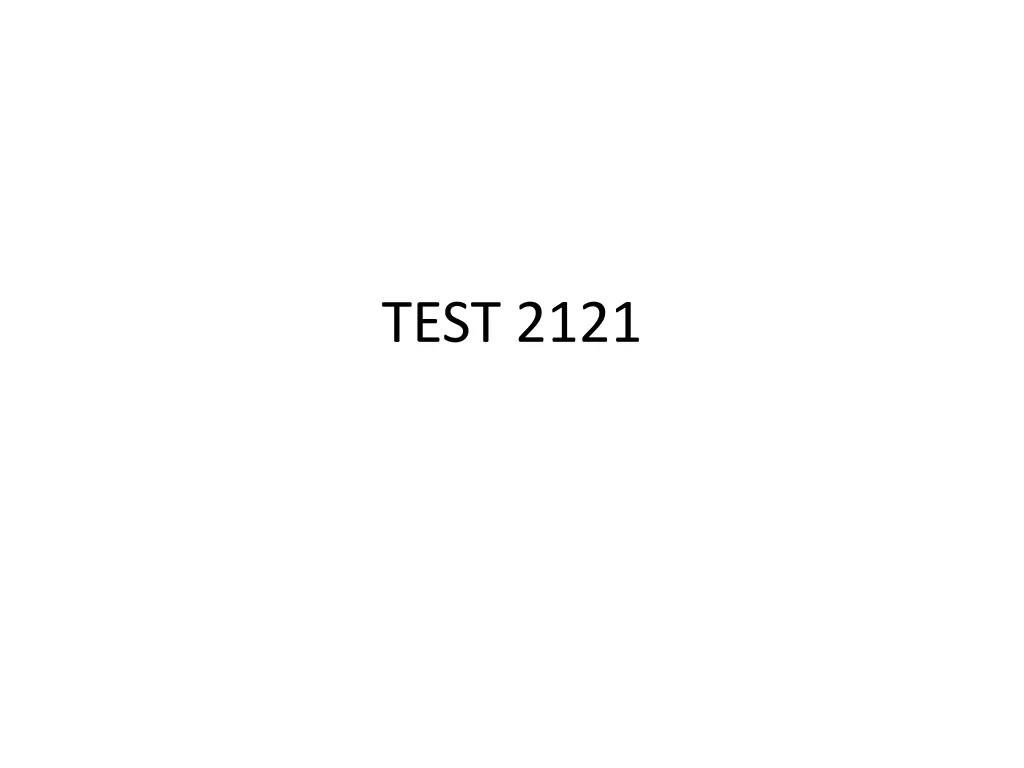
Understanding Moral Courage and Military Justice System
Explore the challenges of moral courage, the Uniform Code of Military Justice (UCMJ), officer responsibilities, atmospheric layers, survival principles, fog phenomena, NJROTC program facts, and ship capabilities. Enhance your knowledge on various topics related to ethics, military law, maritime operations, meteorology, and naval education.
Download Presentation

Please find below an Image/Link to download the presentation.
The content on the website is provided AS IS for your information and personal use only. It may not be sold, licensed, or shared on other websites without obtaining consent from the author. If you encounter any issues during the download, it is possible that the publisher has removed the file from their server.
You are allowed to download the files provided on this website for personal or commercial use, subject to the condition that they are used lawfully. All files are the property of their respective owners.
The content on the website is provided AS IS for your information and personal use only. It may not be sold, licensed, or shared on other websites without obtaining consent from the author.
E N D
Presentation Transcript
1. Which of the following is NOT a principle factor that can make moral courage difficult? a) Fear of anger from seniors b) Lack of confidence due to immaturity c) Fear of ridicule by peers d) General, unfounded anxiety
2. Uniform Code of Military Justice (UCMJ) Group 10, comprised of articles 77-134, deals with acts that are in direct violation of military and civil law such as murder, assault, larceny, and absence without leave. What are these articles called? a) Jurisdictional articles b) General articles c) Criminal articles d) Punitive articles
3. Which officer is a staff corps officer responsible for ordering, receiving, storing, issuing, shipping, selling, transferring, accounting for, and maintaining all stores and spare parts in the command? a) Supply b) First Lieutenant c) Medical d) Operations
4. What is the topmost layer or outer fringe of the atmosphere? a) Chemosphere b) Exosphere c) Thermosphere d) Ionosphere
5. The "L" in S-U-R-V-I-V-A-L stands for ________. a) live by your wits b) life is fragile c) life is precious d) live and let live
6. Great fog areas often occur off Newfoundland because the a) warm air over Japanese Current meets the cold current from the Bering Sea. b) warm air over the Gulf Stream meets the colder inshore currents coming south from Greenland. c) colder air over the Gulf Stream meets the warm inshore currents moving eastward from the Gulf of St. Lawrence. d) All of the answers are correct.
7. How many units does the NJROTC program support world wide? a) Over 500 b) Over 600 c) Over 400 d) Over 700
8. What term describes a ship's ability to operate in all kinds of weather, high winds, and heavy seas? a) Habitability b) Maneuverability c) Seaworthiness d) Armament
9. The flat part of the spearhead of a guidon should always face a) front. b) the senior officer present. c) the national colors. d) backwards
10. With what crime would Sailors be charged if they were to jointly protest their working conditions or rate of pay? a) Treason b) Mutiny c) Desertion d) Insubordination
11. How is the length of a line measured? a) Miles b) Fathoms c) Inches d) Yards
12. What are the basic types of influence mines? a) Passive/Pressure/Acoustic b) Pressure/Passive/Magnetic c) Magnetic/Acoustic/Passive d) Acoustic/Magnetic/Pressure
13. What term is used to refer to exercise in which muscles contract, but there is very little body movement? a) Isokinetic b) Isotonic c) Isometric d) Anaerobic
14. How are squads numbered in a platoon? a) Rear to front in line and right to left in column b) Front to rear in line and right to left in column c) Front to rear in column and from right to left in line d) Left to right in column and from front to rear in line
15. What is the watertight skin of a ship called? a) Girders b) Shell plating c) Skin d) Gunwales
16. On the command of execution of Countermarch MARCH, the entire Color Guard takes _____ step(s) forward with the _____ and executes the movement. a) One more, Either foot b) One more, Right foot c) One more, Left foot d) Two more, Right foot
17. Poor sanitation can result in ______, an intestinal disease accompanied by stomach pain and diarrhea. a) colitis b) typhoid c) malaria d) dysentery
18. Offshore drilling on the Gulf Coast of the United States is off the shores of a) Texas and Louisiana. b) Louisiana and Mississippi. c) Mississippi and Alabama. d) Florida and Alabama
19. __________ are placed wherever a powerful light, called a primary light, may be of assistance to navigators, or where very dangerous water requires a warning beacon of long-range visibility. Since the range of visibility of a light increases with its height, their main purpose is to increase the height of a light above sea level. a) Light houses b) Light towers c) Daybeacons d) Buoys
20. What is the rank of an E-3 in the Marine Corps? a) General b) Private First Class c) Corporal d) Lance Corporal
21. Admiral Farragut was an outstanding naval commander. What navy did he serve with during the Civil War? a) Confederate Navy b) Union Navy c) World Navy d) None of the answers are correct
22. Observing body language, making eye contact, and banning distractions are evidence that someone is _________. a) imitating good leadership b) being a mentor c) engaged in active listening d) leading by consensus
23. If your attitudes, actions, and behavior help a leader succeed, what are you displaying? a) Readiness b) Initiative c) Followership d) Confidence
24. The second stage of a thunderstorm is called the __________. a) infant Stage b) adult Stage c) immature Stage d) mature Stage
25. By convincing a potential enemy of the devastating consequences of attacking the U.S., the Navy is carrying out what part of its mission? a) Strategic deterrence b) Sea control c) Projection of power ashore d) Naval presence



